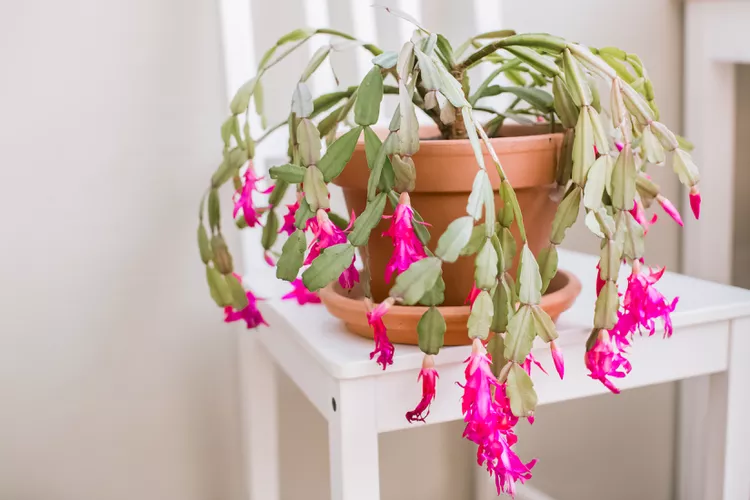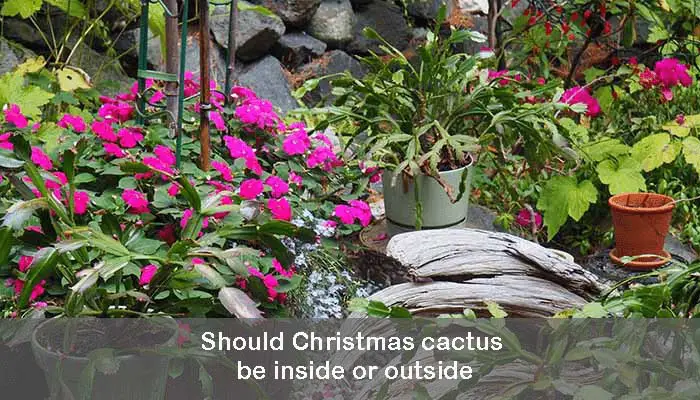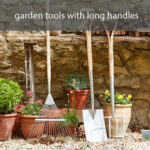Should Christmas cactus be inside or outside
Christmas cactuses, popular houseplants with stunning flowers, can thrive in outdoor gardens, provided mild winters are maintained.
Schlumbergera genus perennials, native to tropical and subtropical forests, thrive in partial sun or shady gardens with moderate summer temperatures and mild winters.
The plants are hardy only in USDA Zones 10 to 12, limiting year-round outdoor cultivation to frost-free regions.
These plants thrive in temperate areas, enjoying summers outdoors and delivering an easy and reliable bud set in fall.
Cacti are colorful, photo periodical plants that flower during longer hours of darkness and cooler temperatures during the changing seasons.
Join us for a detailed explanation on growing Christmas cactus outdoors for tropical blooms in your garden or home this winter.
What You’ll Learn
- Outdoor Schlumbergera Cultivation
- Pruning and Maintenance
- Container Care
- Moving Inside Pots Out
- Managing Pests and Disease
- Quick Reference Growing Guide
Outdoor Schlumbergera Cultivation
Christmas or Thanksgiving cactus are Schlumbergera genus species and cultivars, specifically S. x buckle and S. truncata, and their outdoor cultivation remains the same.
The Easter cactus, S. gaertneri, is grown similarly but the flower buds are visible in the spring following the same process.
Plants thrive in moderate temperatures between 70-80°F and light shade or morning sun, but avoid hot afternoon sun to prevent scorching of leaves.
Holiday cacti flower in response to cooler temperatures, forming buds when nighttime temperatures drop to 55°F. Watch for buds at stem tips as summer winds down and fall approaches.
Low-maintenance plants thrive in humus-rich soil with a sharp or gritty texture and slightly acidic pH of 5.5 to 6.2.
To ensure optimal drainage, mix loamy or sandy soil with landscape sand, granite chips, or pumice by up to a third of the mix.
Mix a little bone meal into the planting site to encourage strong roots.
Dig a hole the same size as the pot, gently remove the plant without disturbing its roots, and set it at the same depth as before.
Space them two to three feet away from other plantings to allow for mature dimensions.
Regularly water plants when soil is dry, avoid bone dryness, water at soil line, avoid over watering, and avoid sprinkling foliage to prevent root rot.
Pruning and Maintenance
Holiday cacti should be pruned immediately after flowering, no later than four weeks after the flowers have finished.
Plants enter a growth period after flowering, and pruning at any other time can negatively affect flowering.
Use a sharp knife or garden shears to prune plants by cutting between leaf segments, removing one to three segments to shape plants, promote bushiness, and increase flowers.
To decrease the size of large plants, it is recommended to remove up to one-third of their overall growth.
And you can use the trimmings to easily root cuttings for new plants.
If desired, add a two- to four-inch layer of bark mulch over the root zone for winter insulation.
In early spring, remove winter mulch and gently work aged compost around the roots to side dress.
From April to October, provide monthly feeding to plants with a balanced liquid fertilizer with a nutrient ratio of 10-10-10 NPK.
The recommended period for withholding feeding is from mid-autumn to winter, or from October to March.
Reduce winter watering to allow the top two inches of soil to dry out between water applications, unless very dry winters occur.
Cover plants in warm zones for outdoor cultivation or when temperatures drop to 40°F to protect them from frost.
Remove covers once all danger of frost has passed after temperatures increase.
Container Care
Choose pots with a drainage hole for container growth and add a layer of drainage material to the bottom.

Fill pots with a humus-rich potting blend, and if necessary, amend the soil with granite chips, landscape sand, or pumice for well-draining.
Ensure containers are placed outdoors in a location with morning or dappled sunlight during the growing season.
Containers can be relocated to a sunnier location during fall and winter, provided the sunlight is not strong enough to burn the leaves.
Water plants when the top inch of soil is dry to the touch.
During the growing season, provide container plants with a balanced liquid fertilizer like 10-10-10 NPK every two weeks.
Moving Inside Pots Out
Gardeners in temperate regions can easily ensure full bud set for abundant flowers by moving houseplants outdoors during the growing season.
Plants should be placed in a location with morning sun or light shade when temperatures consistently exceed 50°F, but avoid strong, hot sunlight.
Gradually increase outdoor time for children from one hour on the first day to 10 days over a week to help them acclimate.
Maintain soil moisture, water when the top inch is dry, and follow container care guidelines for proper fertilization.
Fall arrives and overnight temperatures drop to 50°F, requiring plants to be moved indoors when they reach this temperature.
Ensure plants are free from insects using a gentle spray or water stream, but avoid knocking off flower buds to prevent pest infestation.
Before winterizing plants, ensure they dry completely and avoid areas with cool drafts or warm air from heat vents to prevent buds from dropping.
Managing Pests and Disease
Schlumbergera cultivars are generally trouble-free, but they can be susceptible to damage from a few pests.
Watch for mealybugs, white cotton-like sapsuckers, and use a cotton swab soaked in rubbing alcohol to eliminate them from plants grown outdoors.
Pests like aphids, mites, and scale can be managed using insecticidal soap or seem oil spray.
Over watering, a rare disease, can lead to issues like bacterial soft rot, damping off, and samarium wilt.
To prevent issues, ensure plants are placed in a well-draining area and water only when the top inch of soil is dry.
Our article provides tips on identifying and controlling seven common Christmas cactus pests for plant health.
tips: Can Christmas cactus take full sun? And Natural fertilizer for Christmas cactus!
Quick Reference Growing Guide
| Plant Type: | Flowering epiphany | Flower / Foliage Color: | Red, pink, purple, white, yellow, orange, salmon |
| Native to: | Brazil | Water Needs: | Low to moderate |
| Hardiness (USDA Zone): | 10-12 | Maintenance: | Low |
| Bloom Time / Season: | Late fall to early winter | Tolerance: | Drought, shade |
| Exposure: | Light shade, morning sun | Soil Type: | Loamy, humus-rich |
| Time to Maturity: | 2-3 years | Soil pH: | 5.5-6.2 |
| Spacing: | 2-3 feet | Soil Drainage: | Well-draining |
| Planting Depth: | 1/2-1 inch | Attracts: | Hummingbirds |
| Height: | 1 foot | Family: | Cetacean |
| Spread: | 2 feet | Genus: | Schlumbergera |
| Common Pests and Diseases: | Aphids, mealybugs, mites,
scale; Bacterial soft rot, damping off, fusarium wilt |
Species: | x buckle, gaertneri, truncata |
Blooming Beautiful
Christmas cactuses offer vibrant, colorful flowers during the winter holidays, both indoors and outdoors, provided they are grown in the right conditions.
To grow them as garden perennials, they require mild winter temperatures, well-draining soil, and appropriate lighting.
If winters are too cold for outdoor growth, move houseplants outside for summer and bring them indoors in autumn to enjoy their blooming flowers.











